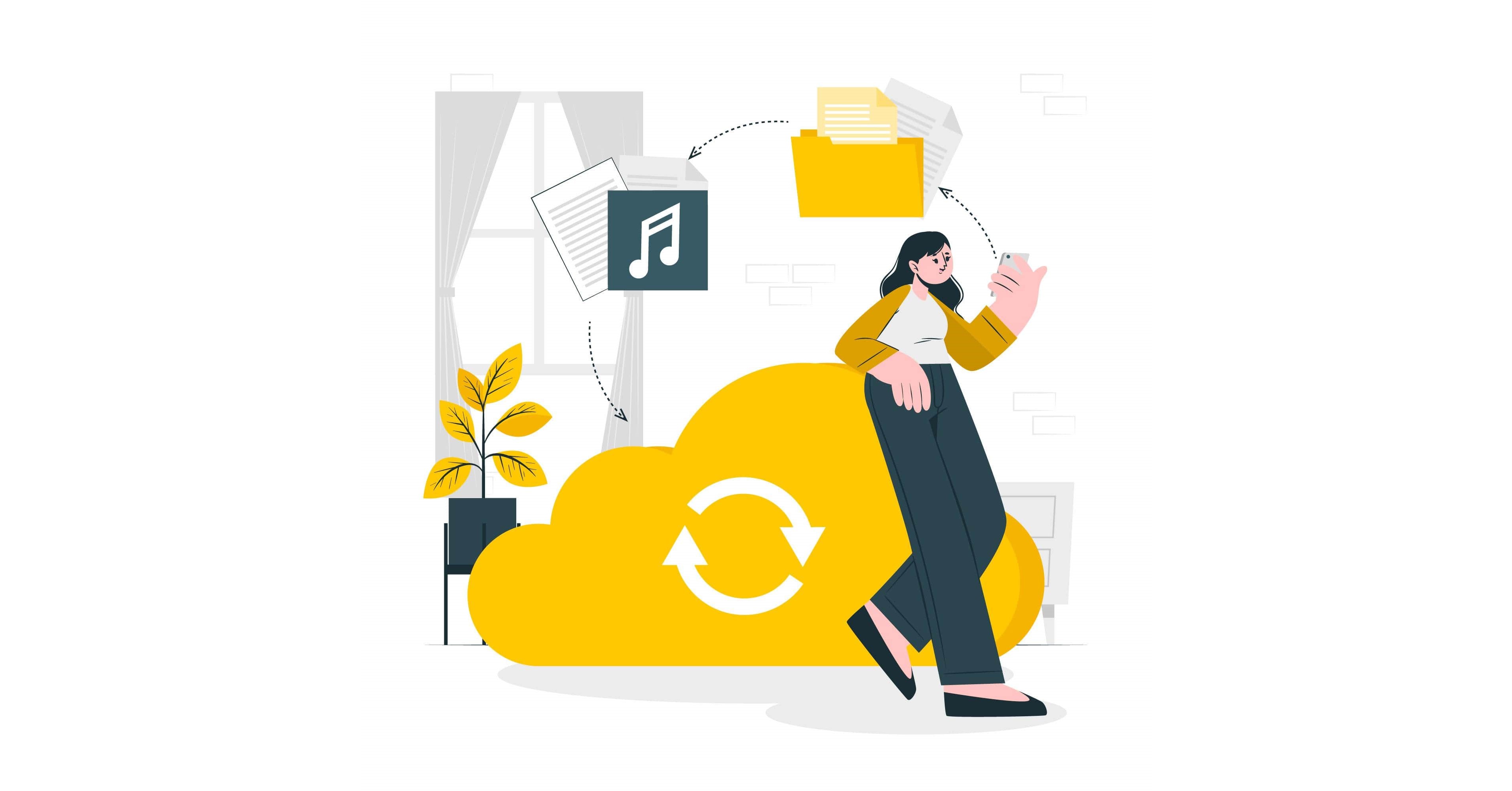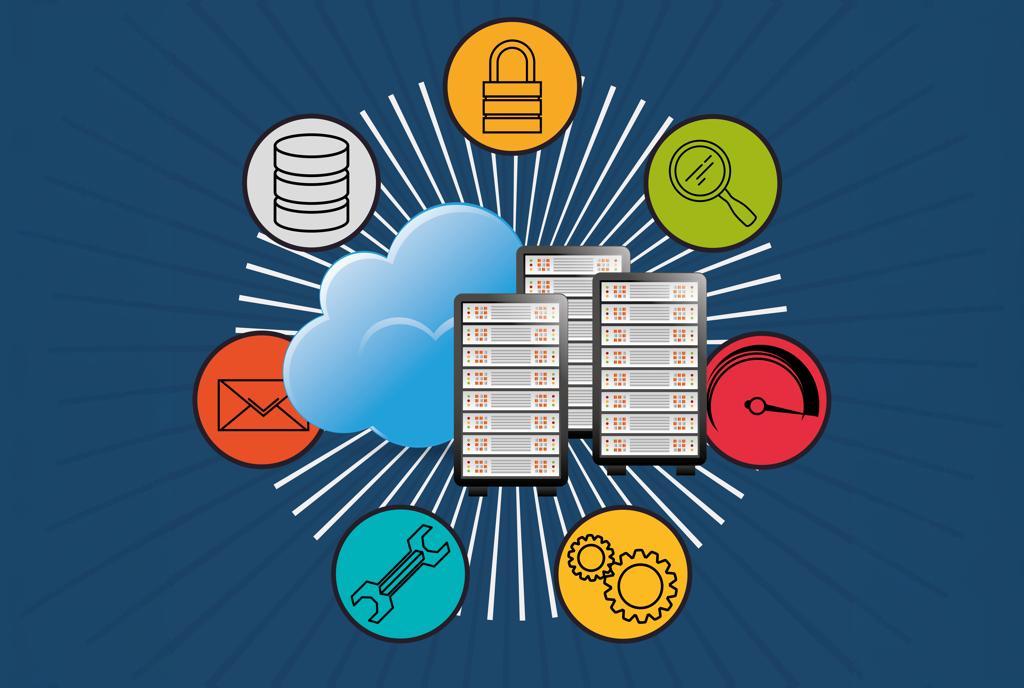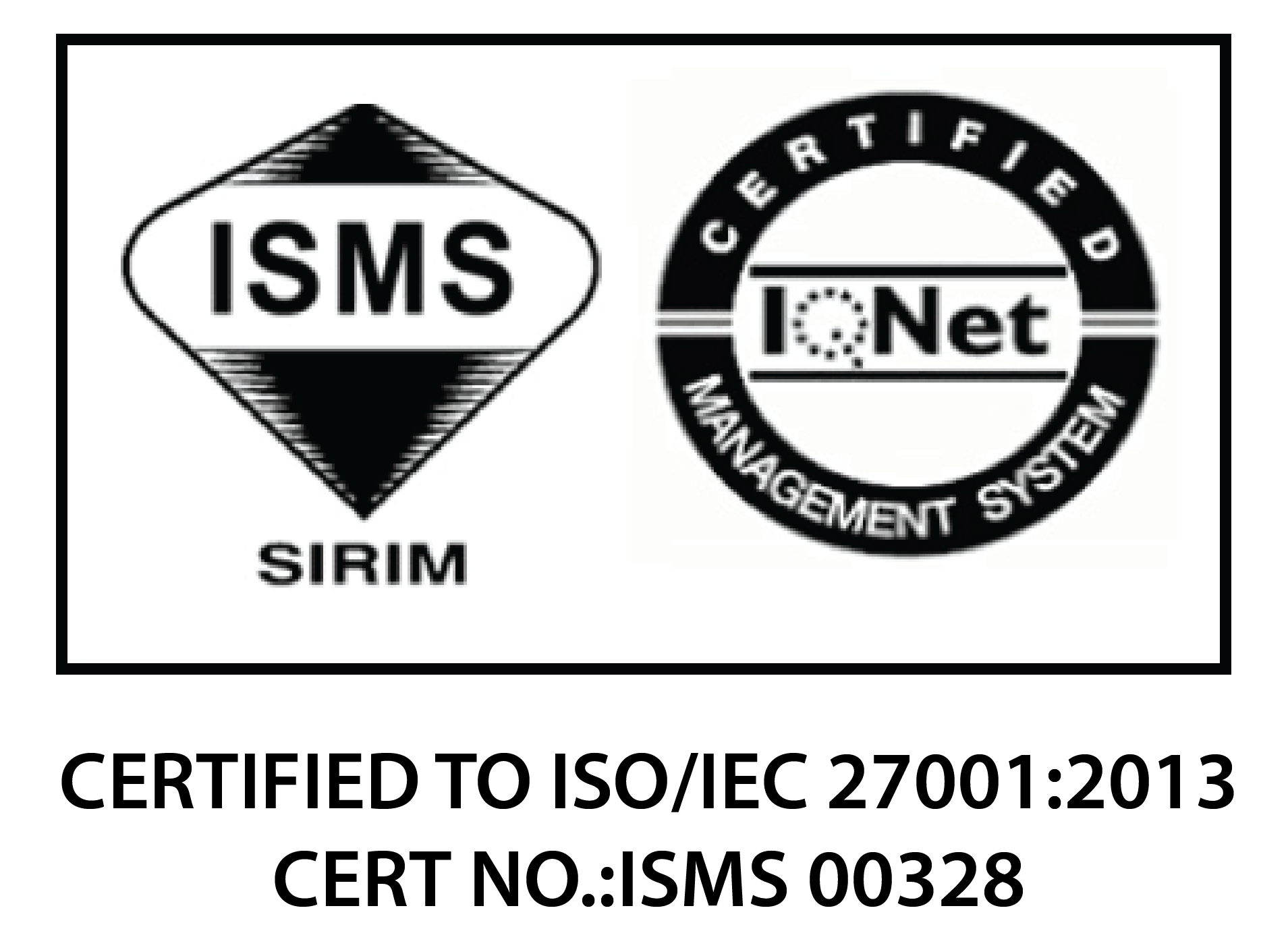Recovery Point Objective (RPO) and Recovery Time Objective (RTO) are the two imperative metrics of disaster recovery. These parameters are the basis on which your data protection plan rests, allowing you to determine the recovery time limits, frequency of backups, and recovery procedures necessary.
It is vital to analyse each objective — their roles, cost implications, and computing — to achieve optimal results from your strategy. A viable recovery solution should enable you to resume business processes in a timeframe at the RPO and RTO.
At first sight, these concepts might seem similar, but there are crucial differences to consider here. This article will cover the differences between them to prepare you for sure-fire strategising.
What is RPO in Cloud Data Protection?
Recovery Point Objective (RPO) measures the maximum data quantity your business can “tolerate” to lose during a disruption. Besides that, it helps you measure the time interval between the last backup and a disaster before your business continuity plan is affected.
This objective is beneficial regarding data backup and recovery activities and how frequent you should perform backups. Because even if your backups are up-to-the-moment, you will likely lose some data during a disaster.
Example: Let’s say you back up data once daily at midnight, and your RPO is 24 hours. If a disaster occurs at 8 am, you would lose 8 hours of data but still be in the clear. However, RPOs with low values, i.e. one minute, would require constant replicating critical files to keep backup data as current as possible.
What is RTO in Cloud Data Protection?
Recovery Time Objective (RTO) defines the amount of time it takes to restore IT infrastructures and services following the disruption. In other words, it begs the question of “How much time will pass before the affected data and systems are fully operational again?”
RTO is essential in ensuring business continuity, allocating a specific timeframe in which your business should bounce back after disasters. Several factors come into play when calculating RTO to return to business-as-usual (BAU):
- The cost per hour of outage.
- Available budget and resources.
- Priority/importance of critical files, databases, and systems.
- Actions needed to recover, i.e. replacing damaged components, restoring and testing, etc.
The relationship between RPO and RTO is inverse, meaning that the shorter your allocated time for recovery, the higher recovery costs will be, and vice versa.

Differences Between RPO and RTO
With the definitions out of the way, let’s discuss the key differences between these business metrics:
- Assessment basis
- While RPO only looks at data and how often backups should occur, RTO reflects the entirety of your business needs. RTO covers your company’s overall IT needs, including how long your business can survive without a break in continuity during disruptions to IT infrastructures and services.
- Cost relevance
- Usually, the costs associated with sustaining your RTO would be greater than those regarding your RPO. And understandably so, because RTO involves not only your corporate data but the entire IT infrastructure.
- Ease of calculation
- RPO is relatively easier to implement, considering that data usage is consistent and has fewer variables. On the other hand, recovery time affects business operations rather than solely data, entailing more complications.
Recovery time also depends on uncontrollable factors like the time of day the disaster strikes. Therefore, it is advisable to have professional administrators who thoroughly understand different restore types, and their recovery speeds to determine RTO values appropriately.
Tips to Upgrade and Achieve RPOs and RTOs
Firstly, IT administrators must have a good idea of what disastrous events could befall a company’s IT infrastructure. Only then can you properly analyse the two metrics and identify possible vulnerabilities.
Below are some valuable tips for planning your RPO and RTO in 2022:
1. Check if your cloud backup provider has a flexible feature set.
If you’re going to outsource, find a resilient backup solution with multiple copies of your data and unlimited retention. Retention policies aside, it’s also wise to increase the snapshots of mission-critical data.
Make sure your backup provider can cater to switching or utilising multiple backup software without any additional cost, providing workability of backup software across a heterogeneous platform.
2. Watch your budget.
Retaining more snapshots and data copies will require more storage capacity, leading to more expenditures. Thus, it’s in your best interest to employ a backup solution that guarantees zero capital expenditure, such as Aegis’ services.
3. Never neglect the 4-3-2 backup rule
Always have versions of your data stored in a different medium of storage and other offsite locations to ensure multiple copies of backup data availability and continued access during disruptions.
4. Update your disaster recovery plan.
Be sure to adopt your disaster recovery strategy according to the changing business landscapes, such as new WFH policies. Furthermore, don’t forget to consider the specifics of decentralised data backups.
5. Ensure continuous testing.
Without constantly testing your disaster recovery plan, you can never be confident that it works. Having frequent DR drills can expose gaps in your DR plan and help you fine-tune it accordingly to prevent failures when a disaster does happen.
The best practice is to look for a disaster recovery provider that provides complimentary unlimited DR drills in a year, accompanied by complimentary DR seats available for customers to utilise during DR drills or actual DR declaration.
That said, feel free to learn more about Aegis’ comprehensive cloud backup and disaster recovery solutions.












